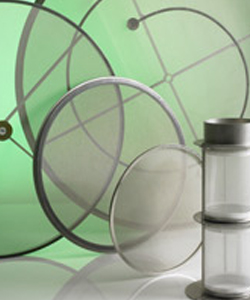Tensioned Screens
To assure that all of our Tensioned Screens operate excellently, they are carefully assembled and fully tested before packaging.
During the re-meshing process, we ensure optimum mesh tension which leads to better screening efficiency and longer screen life.
Ensuring your machine has the correct end tension will ensure a long mesh and machine life. Incorrect tension will result in premature mesh failure and possible screen cracks. End tensioned meshes are commonly found on the screen box bottom decks. With end tension meshes, tension bars are utilized.
Tension bars are banana-shaped. The curve of the bar must fit into the clamping plate of the mesh. The apex of the curve must face towards the centre of the clamping plate. The bar ends are pitched backwards. The mesh is tensioned using the tensioners either side of the tension bar. By adjusting the end tensioners, the tension bar is straightened to provide the correct tension to the mesh.
Tensioning Tips!
- Tension each side equally
- Tension until the mesh ‘feel’ the same side as the centre. Use a rubber mallet and bounce the sides vs centre to determine the tension
- Any new mesh will stretch to some degree in the first few hours of operation, particularly small apertures. Re-tension every few hours over the first day or two
- Mesh condition and tension should be checked at the start of every shift
- Replace nose rubber with third mesh change
 Tensioned-Screens |
Specifications Required to order
|
Standard frame diameters available, 18″, 30″, 48″, 60″ and 72″. Non standard size frames can also be remeshed, using the bonded or bolted method.



